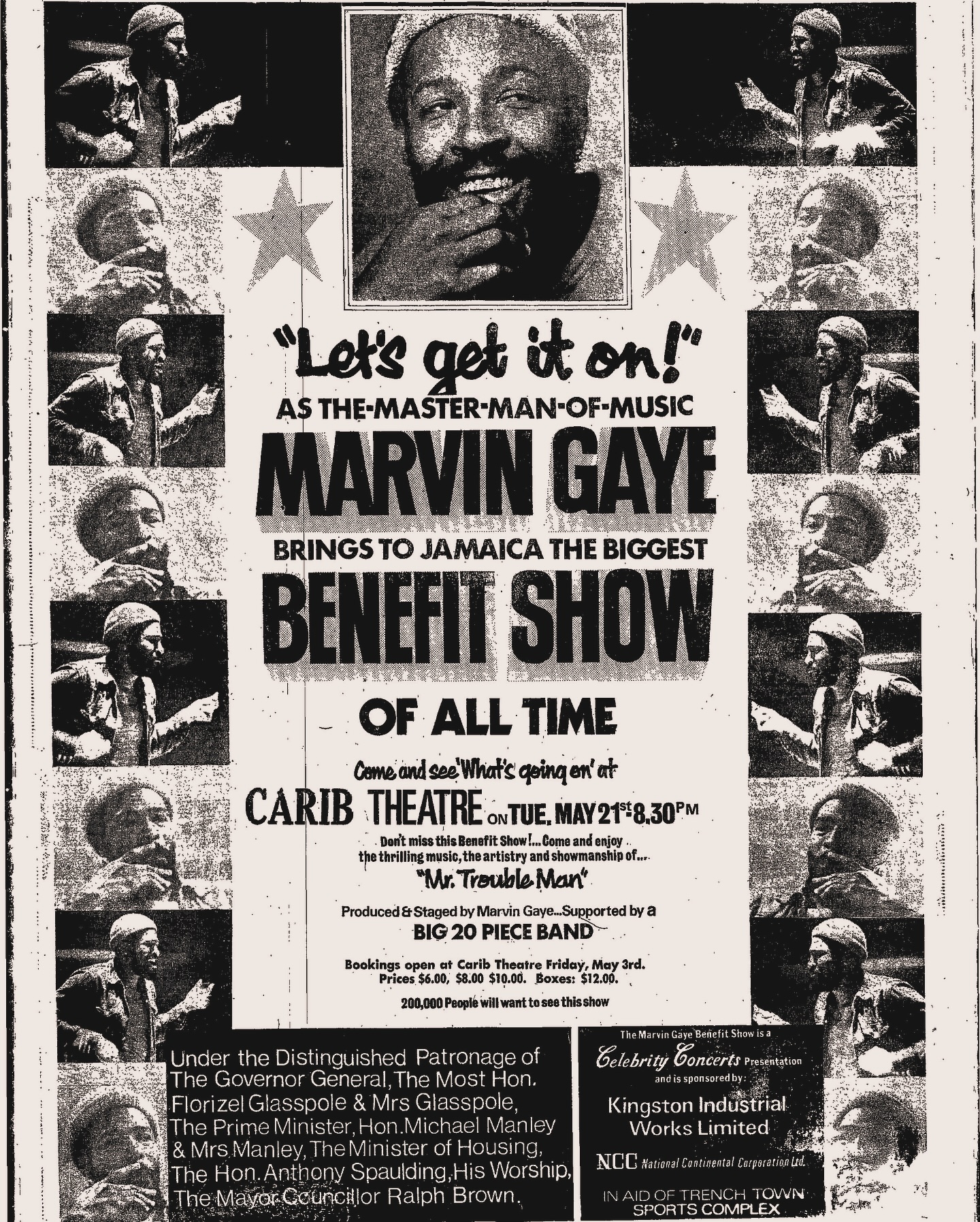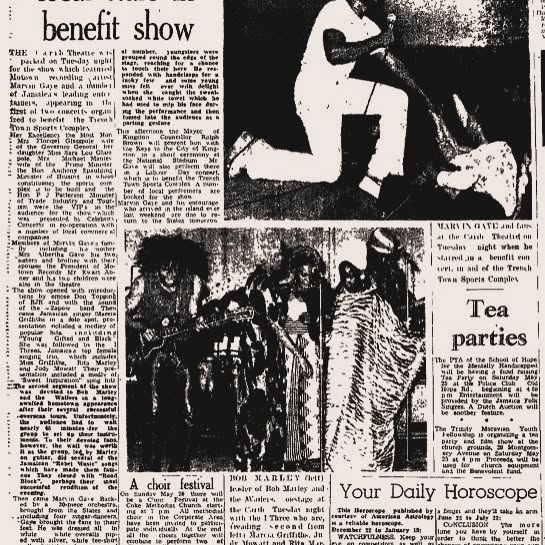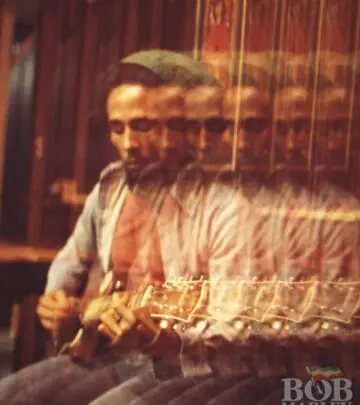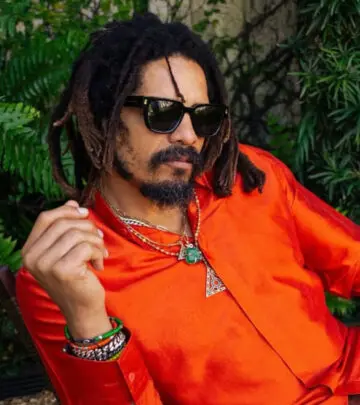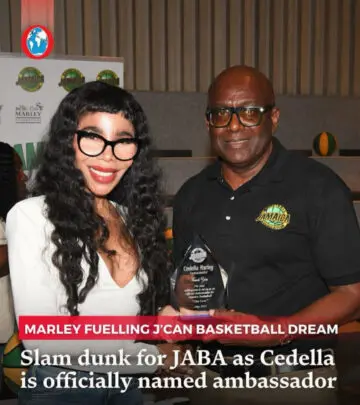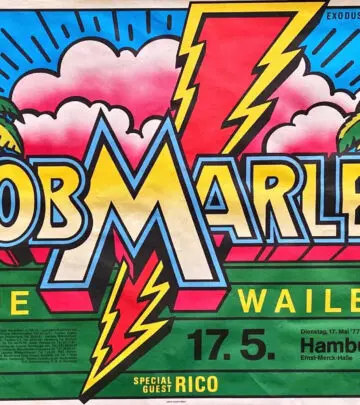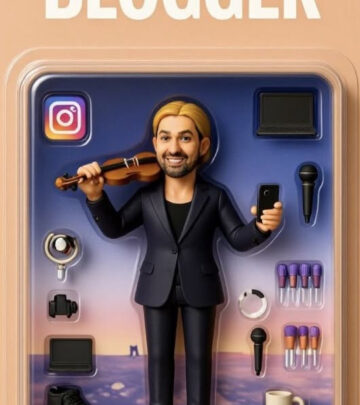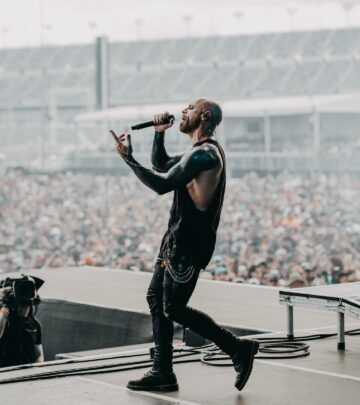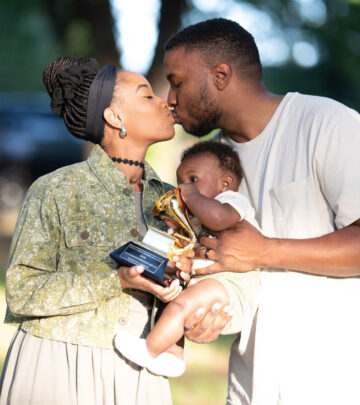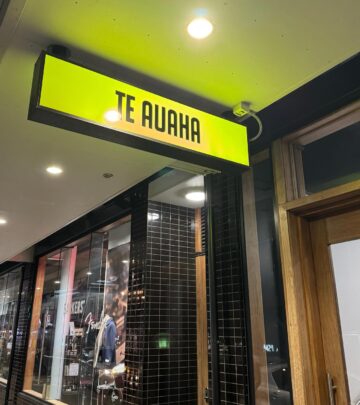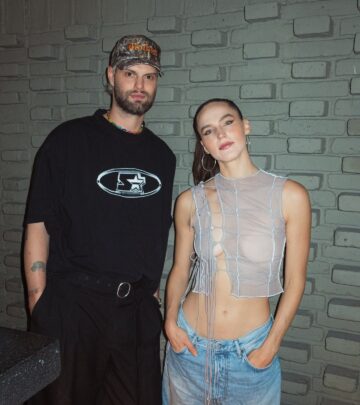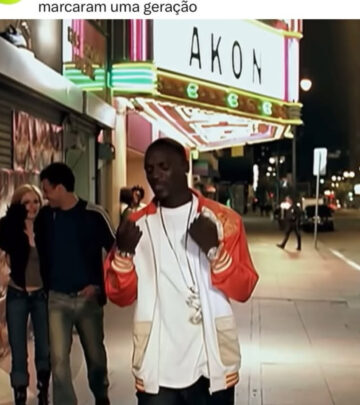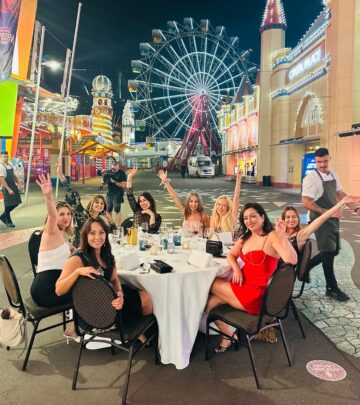Historic Reunion Ignites Reggae Legacy
Historic 1974 show saw Marley, Tosh & Wailer unite, igniting art, music and bold change!!
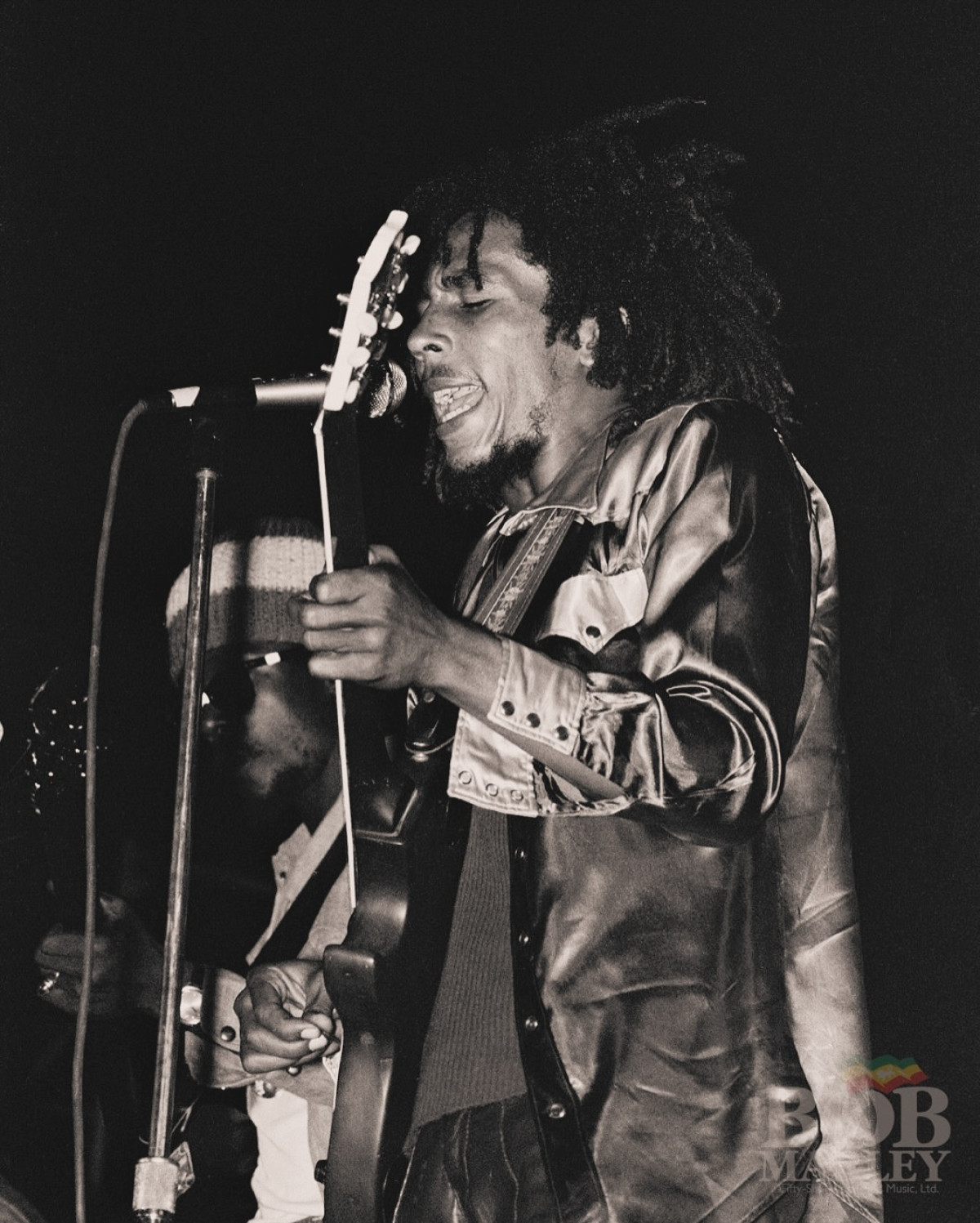
Image: Instagram
On May 21, 1974, reggae history was made as Bob Marley, Bunny Wailer and Peter Tosh reunited on stage for the first time since The Wailers split. The trio performed as the local support act for a Marvin Gaye benefit concert, raising funds for the Trench Town Sports Complex. This singular event not only marked a musical milestone but also set into motion a creative journey that would influence reggae’s visual narrative for decades to come.
Historic Reunion Sparks New Beginnings
Many music enthusiasts today look back to that day as a turning point in reggae culture. The performance united three of the genre’s most influential figures, reigniting the artistic spirit that had defined their early career. Their collective energy and commitment to the music underscored a unified message of resilience and creative expression amid turbulent times.
A key element of this historic day was the work of a young Jamaican artist and photojournalist, Neville Garrick. On assignment for the Daily Gleaner, Garrick captured the iconic moment when the legends took the stage. In the days that followed, he ventured to 56 Hope Road and approached Bob Marley with a bold proposition: to become more than just a witness to this history, but an active participant in shaping its visual legacy. Marley’s warm welcome gave birth to a partnership that would prove transformative for both the music and art worlds.
The Birth Of A Creative Partnership
Garrick’s introduction to the Marley family marked the start of an enduring collaboration. One of the photographs he took that day later became the album cover for Rastaman Vibration, forever linking his visual artistry with the reggae legend’s musical output. Beyond album covers, Garrick’s work extended to stage lighting and overall show visuals, cementing his role as the band’s Artistic Director. His creative contributions ultimately enriched over 100 reggae album covers and served as a visual chronicle of the genre’s evolution.
This creative partnership grew into a lifelong dedication. Neville Garrick later became the Director and co-creator of the Bob Marley Museum, and his continued oversight on the visuals, merchandise and music promotions played a significant role in maintaining the rich legacy of Bob Marley and his cohorts. His journey from a curious photojournalist to a pivotal artistic consultant highlights how one historic event can spur an entire cultural movement.
Cultural Impact And Legacy
The 1974 benefit concert was not just a fundraiser for the Trench Town Sports Complex; it was a celebration of reggae’s power to unite and inspire. The reunion of Marley, Wailer and Tosh encapsulated an era when music, activism and art were deeply intertwined. The images captured on that day—now circulating widely on social media and in reggae exhibitions—serve as lasting testimonials to the ingenuity and passion of those involved.
In recent years, fans have revisited these archival moments as part of a broader narrative that celebrates reggae’s enduring influence. Historic photos and memorabilia have found their place alongside modern tributes, including Instagram posts honoring Bob Marley’s family and related cultural events. These visual stories continue to educate new generations about the origins of reggae and its transformative impact on music and art.
The legendary reunion stands as a beacon of inspiration, reminding us that powerful collaborations can redefine artistic boundaries and catalyze cultural change. While each of the reunited legends eventually carved out separate paths, the memory of that day lives on, encouraging artists and fans alike to embrace creativity and unity.
As reggae continues to evolve, the echoes of that 1974 concert persist. The event remains a pivotal chapter in music history—one that not only showcased brilliant performances but also launched a visionary journey in creative expression. Through the lens of Neville Garrick’s work, that day’s energy and emotion are preserved for posterity, serving as a timeless reminder of the power of music to change lives and inspire future generations.
Read full bio of Cynthia Jean Daniel



